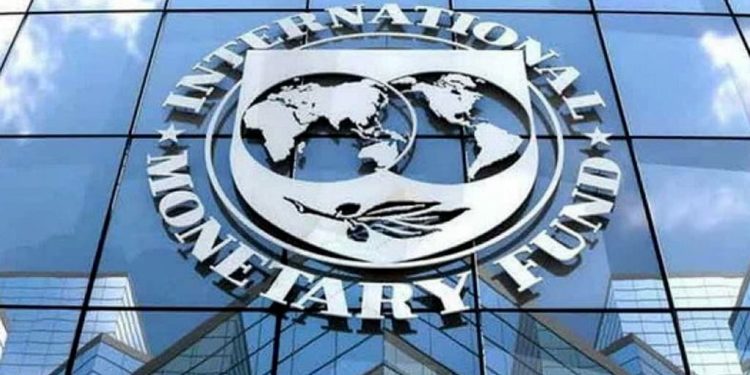The IMF says the Saudi Arabia economy is expected to grow 7.6 per cent this year, up from 3.2 per cent in 2021, on the back of soaring oil revenues.
The International lender said that the government’s Vision 2030 reform programme, designed to reduce the kingdom’s dependence on oil, has also boosted the economy as more Saudis join the workforce, particularly women.
“Liquidity and fiscal support, reform momentum under Vision 2030 and high oil prices and production helped the economy recover with robust growth, contained inflation and a resilient financial sector. Overall growth was robust at 3.2 percent in 2021, in particular driven by a rebounding non-oil sector — supported by higher employment for Saudi nationals, particularly women.” the IMF said.
Gross domestic product was “expected to increase significantly to 7.6 per cent in 2022 despite monetary policy tightening and fiscal consolidation, and a, thus far, the limited fall-out from the war in Ukraine,” the IMF said while projecting GDP growth of 3.7 per cent in 2023.
The IMF further projected higher oil prices and stepped-up oil production improved the current account by 8.5 percentage points in 2021, registering a surplus of 5.3 per cent of GDP as strong oil-driven exports surpassed growing imports and large remittance outflows.
Russia’s war in Ukraine and a post-pandemic surge in demand have sent crude prices soaring, which led to inflationary pain suffered by consumers worldwide but has led to windfall profits for oil majors and producer countries.
Oil giant Saudi Aramco unveiled record profits of $48.4 billion in the second quarter of 2022, the biggest quarterly adjusted profit of any listed company worldwide, according to the Bloomberg news agency.
Net income leapt 90 per cent year-on-year for the world’s biggest oil producer, which clocked its second straight quarterly record after announcing $39.5 billion for the year’s first three-month period.
Read also; Egypt Emerges as the Major Supplier of Oil to Saudi Arabia.




